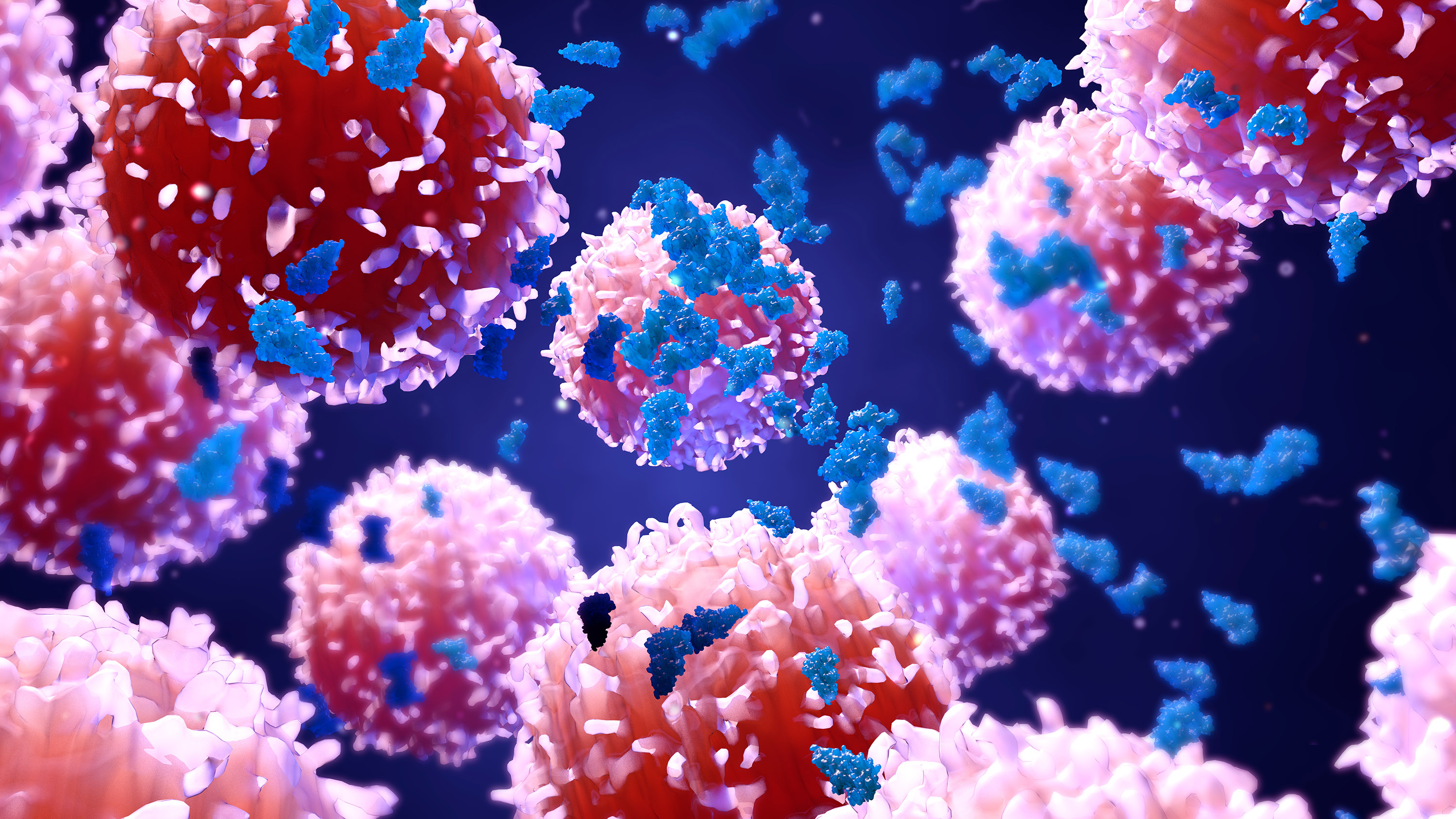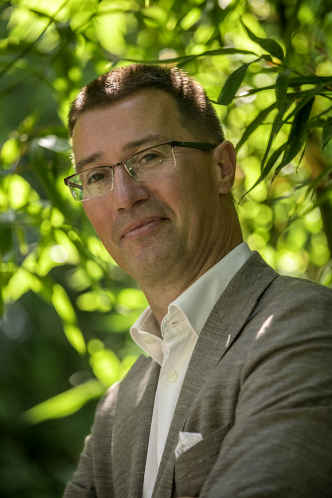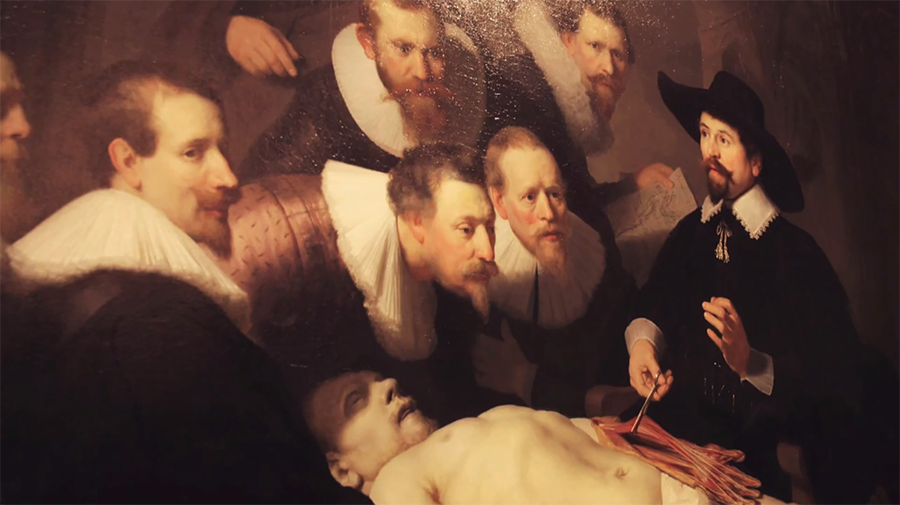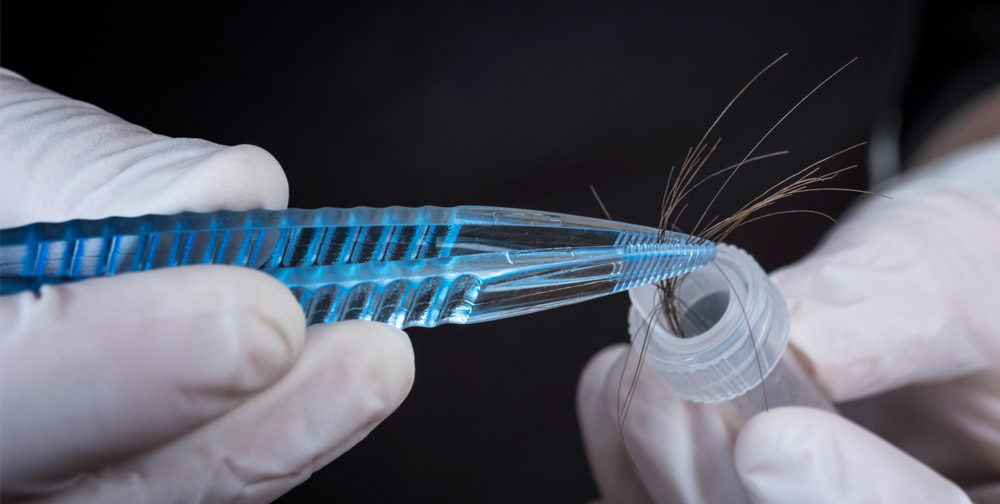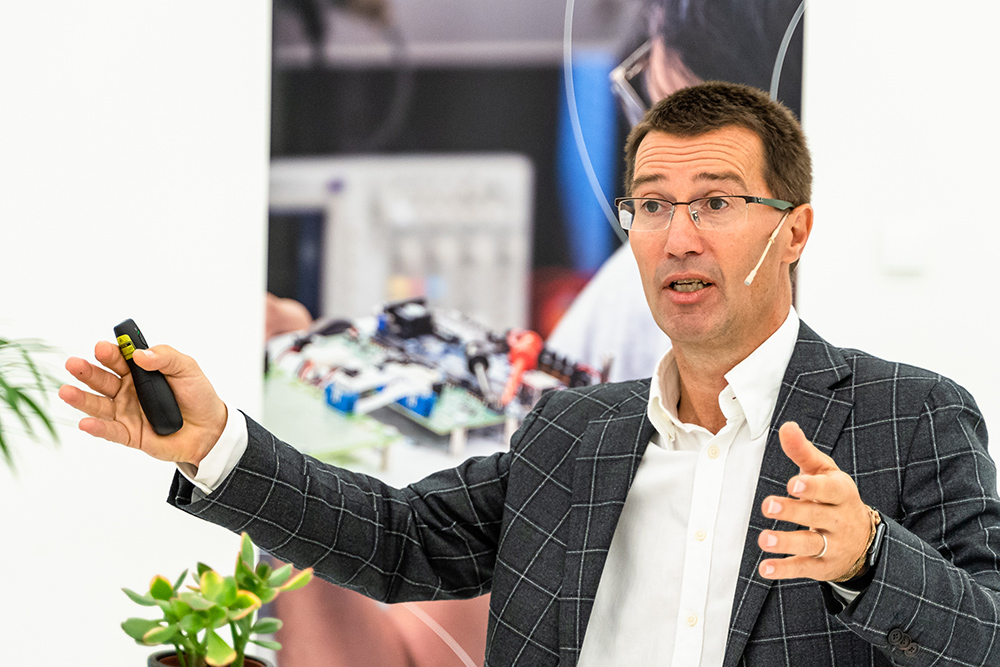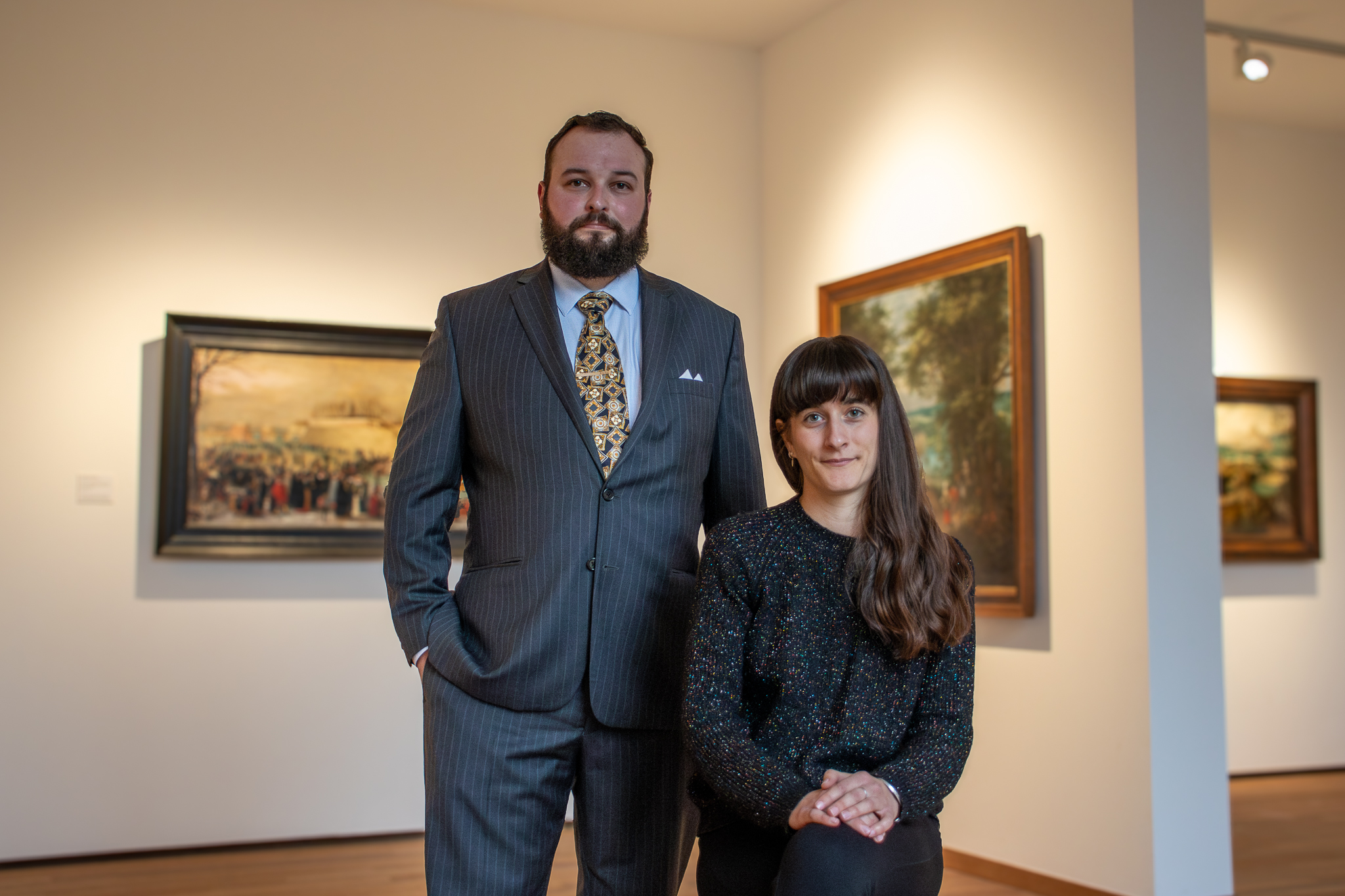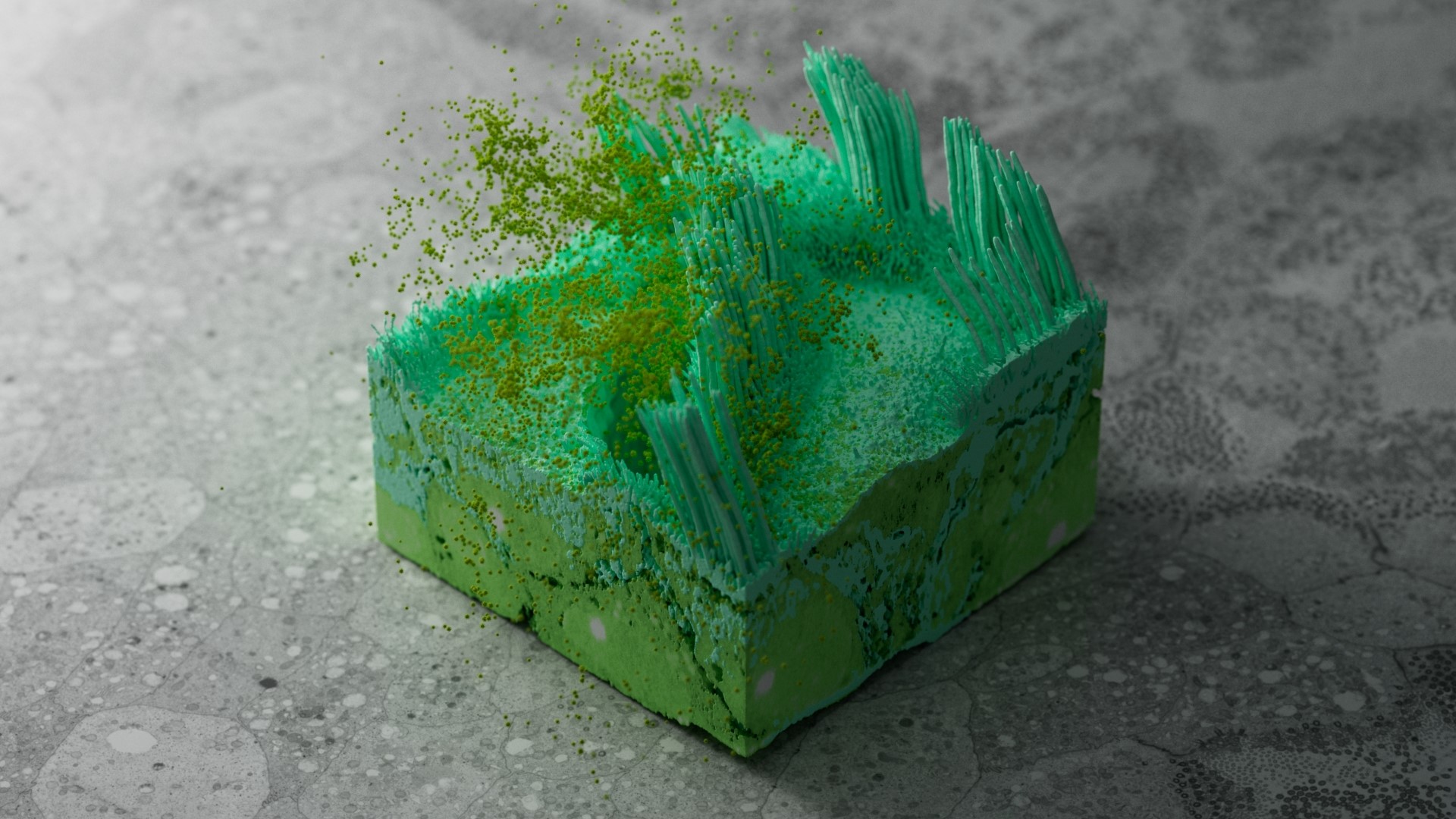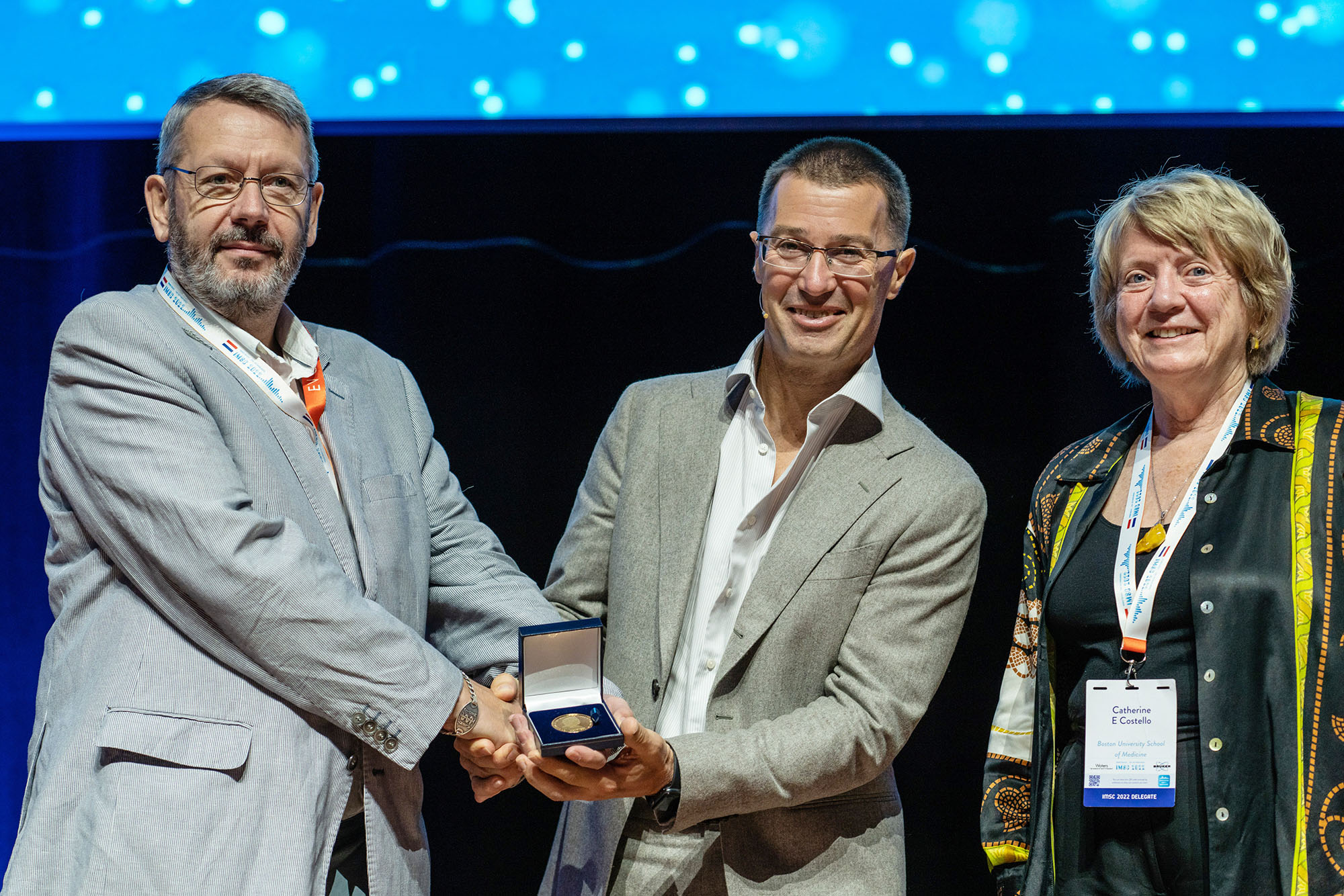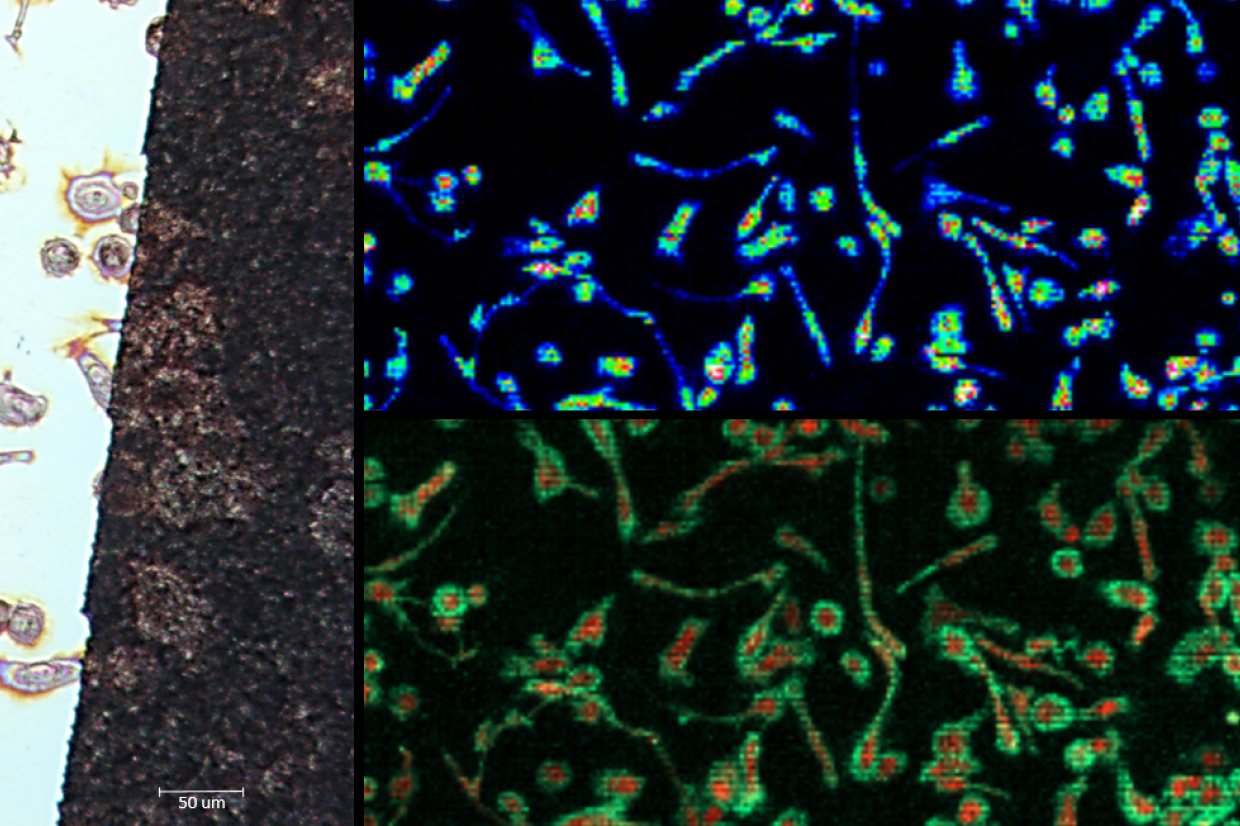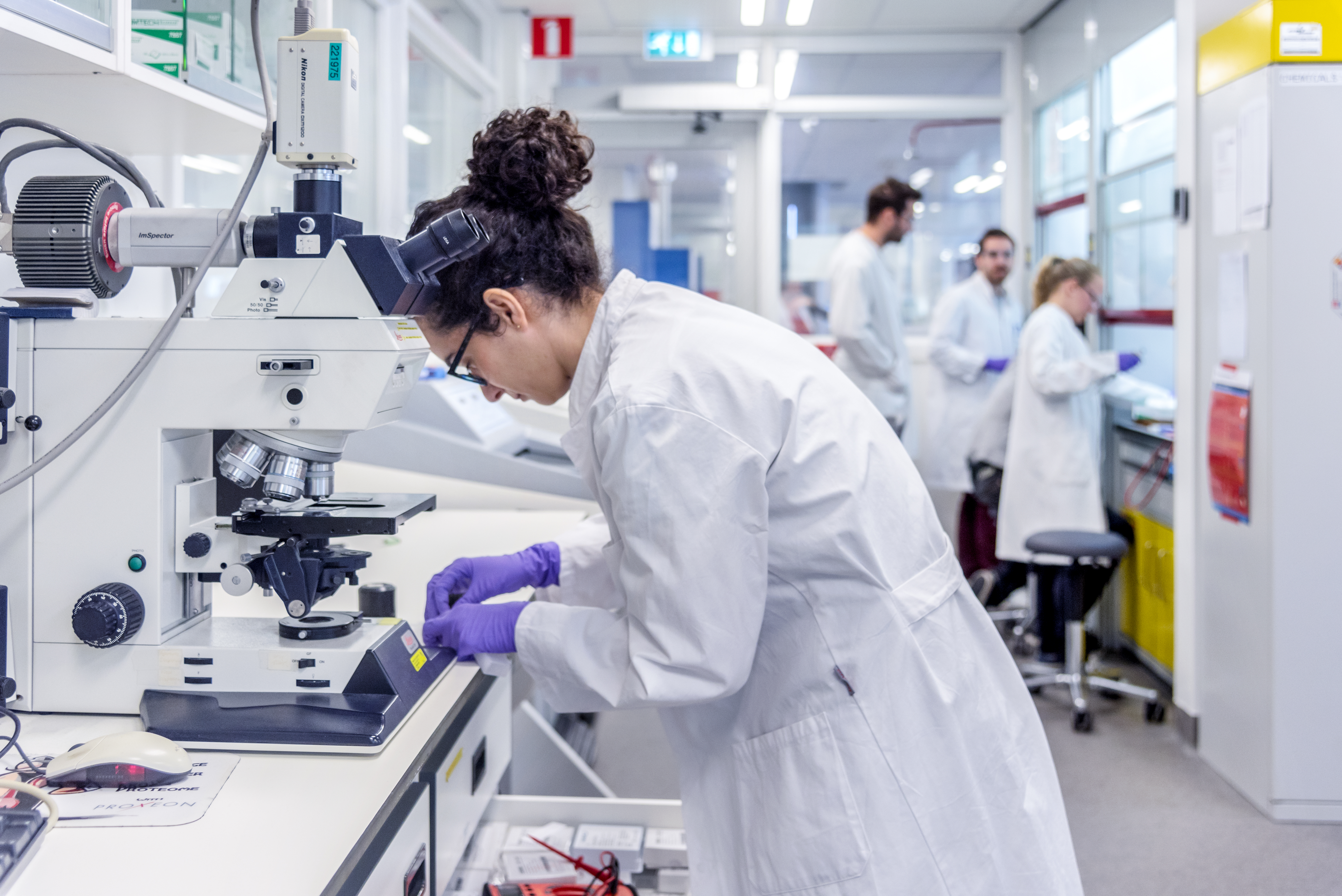Prof. Ron Heeren
At the forefront of molecular imaging
Ron Heeren, Distinguished Professor and Limburg co-chair of the Maastricht Multimodal Molecular Imaging Institute, has devoted his career to innovations in mass spectrometry and their applications to other disciplines.
About his current research direction, he says:
"A comprehensive understanding of molecular patterns of health and disease is needed to pave the way for personalised medicine and tissue regeneration. New physical technology developments in mass spectrometry based chemical microscopes have now firmly established themselves in translational research. They target biomedical tissue analysis in various diseases as well as other chemically complex surfaces. In concert they elucidate the way in which local environments can influence molecular signalling pathways on various scales, from molecule to man.
The integration of this pathway information in a surgical setting is imminent, but innovations that push the boundaries of the technology and its application are still needed. These developments require a strong interdisciplinary approach where physicists, chemists, biologists and clinicians come together to tackle the complexity of life. In particular, researchers investigate comprehensive and isolated biomolecular molecular patterns of health and disease. This is a key element needed to pave the way for personalised medicine and tissue regeneration.
One barrier to predictive, personalised medicine is the lack of a comprehensive molecular understanding at the tissue level. As we grasp the astonishing complexity of biological systems (whether single cells or whole organisms), it becomes more and more evident that within this complexity lies the information needed to provide insight in the origin, progression and treatment of various diseases.
The best way to capture disease complexity is to chart and connect multilevel molecular information within a tissue using mass spectrometry based molecular microscopy. This enables translation of high end molecular imaging technologies to the clinical practice in pathology and surgery."

Publications
Prof. Heeren is the elected treasurer and executive board member of the international mass spectrometry foundation and serves on various editorial boards of peer-reviewed journals. His publication record encompasses an excess of 300 peer-reviewed publications and his H-index is 57 (Google scholar, August 2020).

Awards
Awards include
- the 2020 Hans Fisher fellowship Technical University of Munich,
- the 2020 Thomson medal of the IMSF for distinguished contribution to international MS,
- and the 2019 NWO-Physics Valorisation prize.
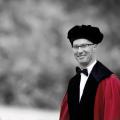
Work for third parties
This includes science policy, science community-building and editorial activities
News
-
This summer, the first students finished their master’s programme in Imaging Engineering. They appreciate the opportunity to be involved in this world-wide unique programme that combines science and technology in imaging. Their secret to success is chocolate.
-
Caroline Bouvier wanted to be an illustrator, but ended up in chemistry. She managed to combine both of her passions in her research - creating molecular fingerprints of some of the world’s most valued paintings, including old master art from 15th to 17th centuries. As of October, Caroline is one of...
-
What happens if a SARS-CoV-2 coronavirus enters your lung? This molecular animation visualises how the virus particle can take over the host cell and turns it into a virus factory. Eventually, the host cell produces so many viral particles that it dies and releases numerous new virus particles.
-
Prof. dr. Ron Heeren received the prestigious Thomson Medal for his work in the field of mass spectrometry.
-
DThe multimillion-euro investment in the LINK programme by the Province of Limburg, Maastricht University (UM) and Maastricht UMC+ (MUMC+) has achieved its targets. And the LINK programme is to have a sequel: UM and MUMC+ will be investing eight million euros in MERLN and M4i in the coming years to...
In the press
More
- Eindhovens Dagblad, Prijs voor fysicus in Veldhoven: diagnose tijdens operatie dankzij moleculenmeter, 21 January 2020
- WijLimburg, Brightlands Convention Award voor Ron Heeren, 24 March 2019
- The Translational Scientist, The Inside Story, 6 December 2018
- KT Seminars, Translational imaging mass spectrometry: From CERN to the surgeon, 29 May 2018
- C2W, Maastricht: broedplaats voor interdisciplinair onderzoek, 11 May 2018
- The Analytical Scientist, The Inside Story, May 2018 issue
- WijLimburg TV 1op1, Ron Heeren (Brightlands Maastricht Health Campus), 9 April 2018
- WijLimburg TV 1op1, Hoogleraar Ron Heeren en Meisje met de parel te gast in 1op1 – WijLimburg TV, 22 March 2018
- VSNU Ezine, De digitale operatiekamer van de toekomst, 2017
- The Analytical Scientist, Power List 2017
- RTL Nieuws, Ron Heeren over de 'massamicroscoop', 23 December 2016
- The Scientists' Channel,
Ron M.A. Heeren on the Use of Advanced Molecular Imaging Technologies for Translational Research, 1 August 2016 - Business Wire, MultiModal Molecular Imaging Institute at Maastricht University Joins Waters Centers of Innovation Program, 22 June 2016
- ZuidLimburg.nl, Meet bright people: Ron Heeren, 16 November 2015
- Brightlands Campussen, Meet Bright People: Ron Heeren, 12 November 2015
- The Analytical Scientist,
MultiModal Molecular Imaging, 26 February 2015 - Bits & Chips, Maastrichtse universiteit kaapt onderzoeksgroep weg bij Fom2, July 2014
